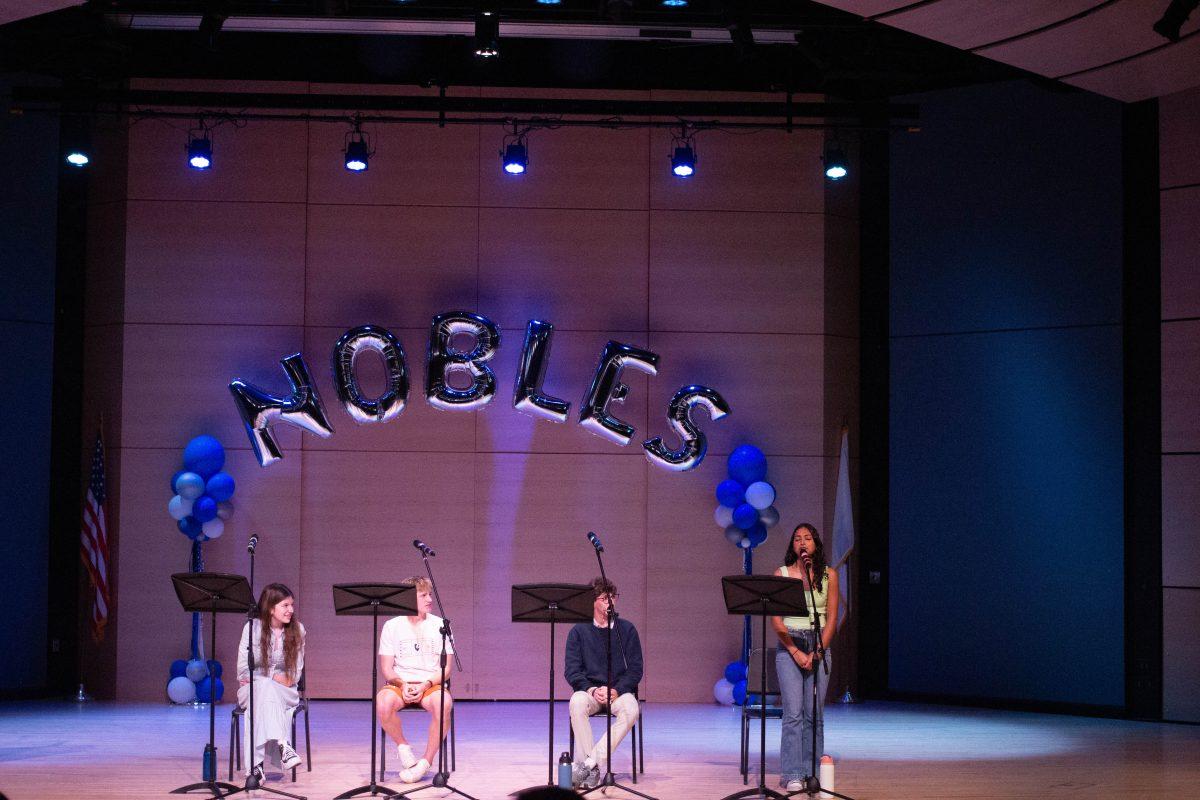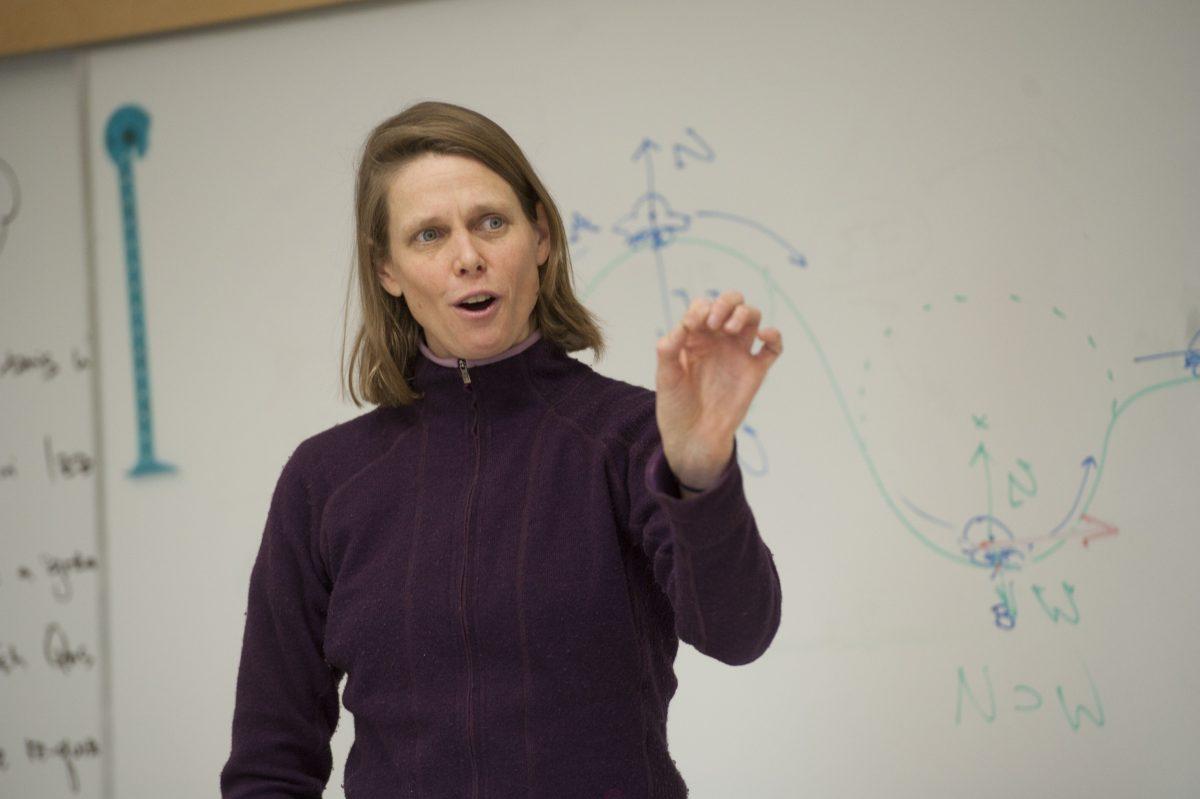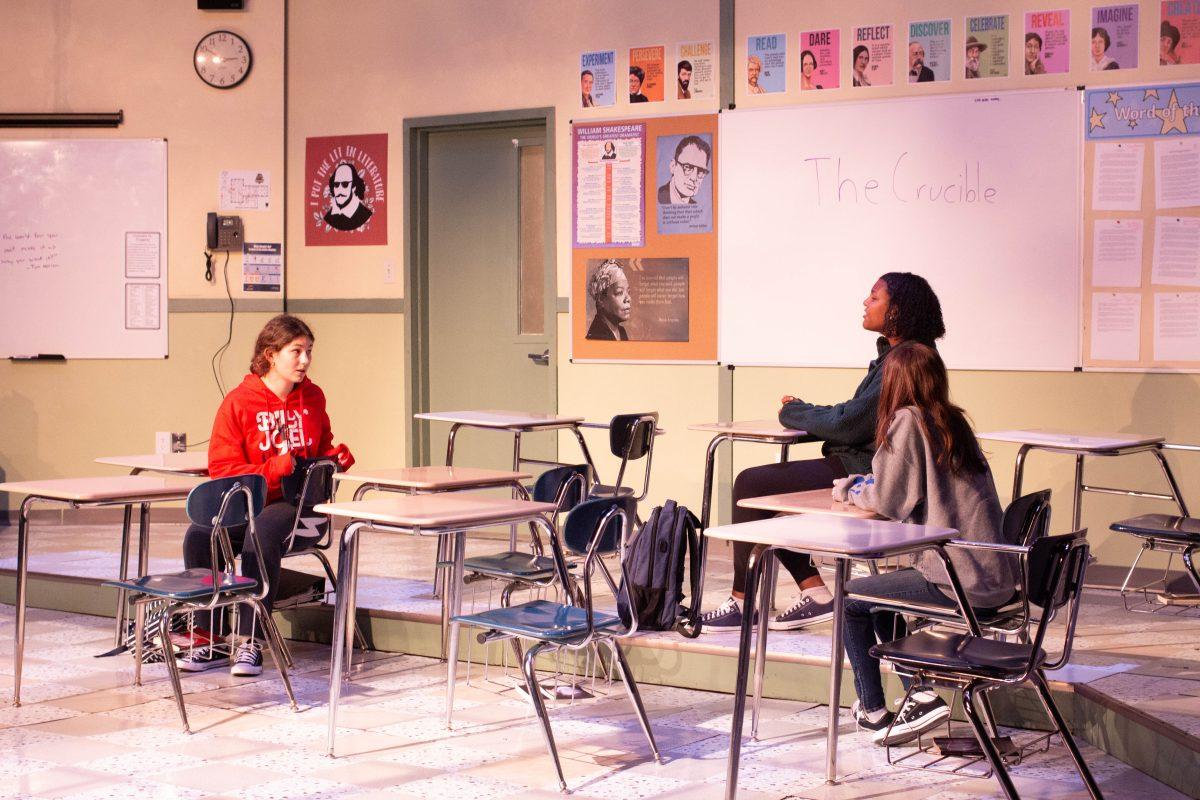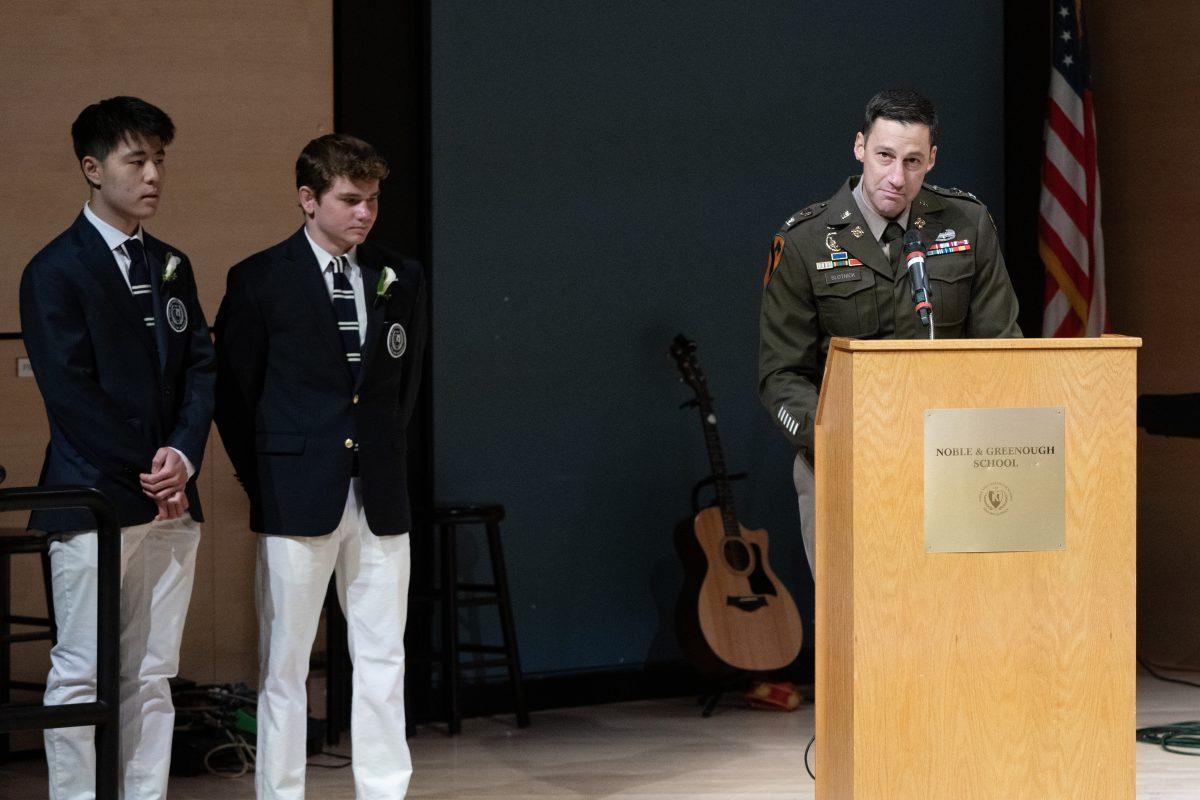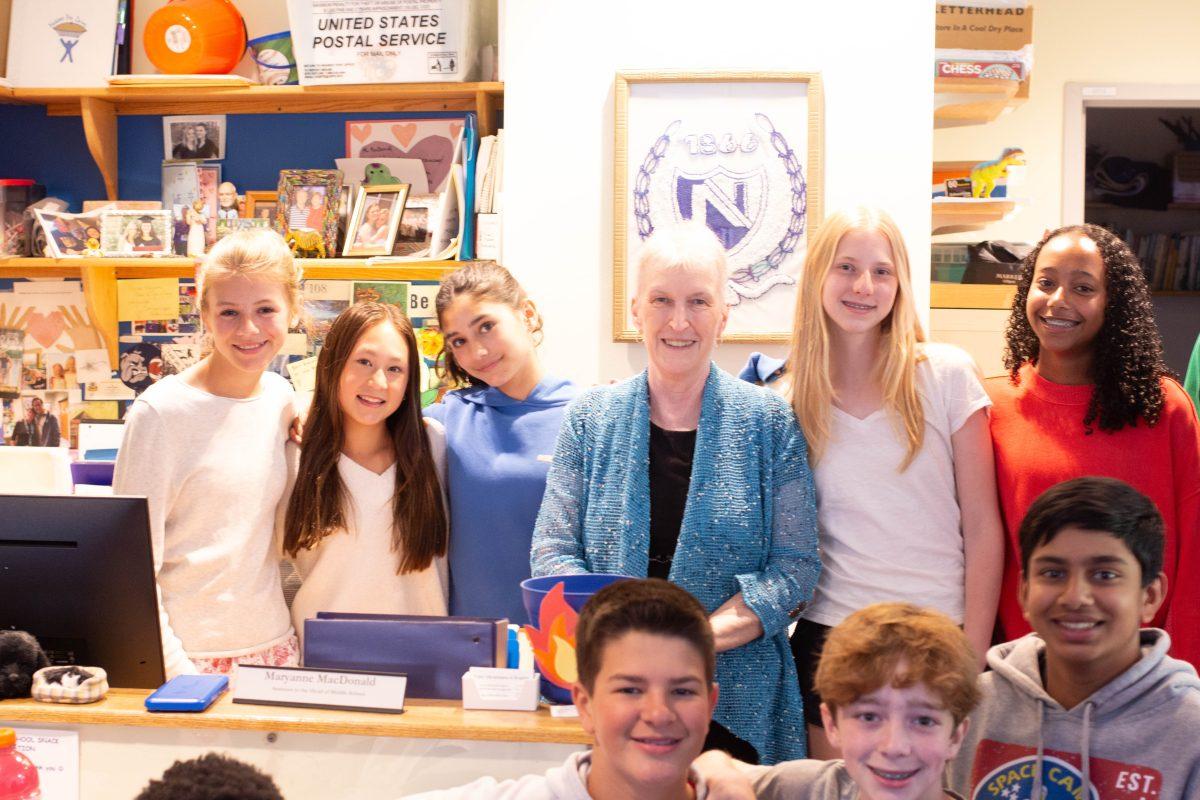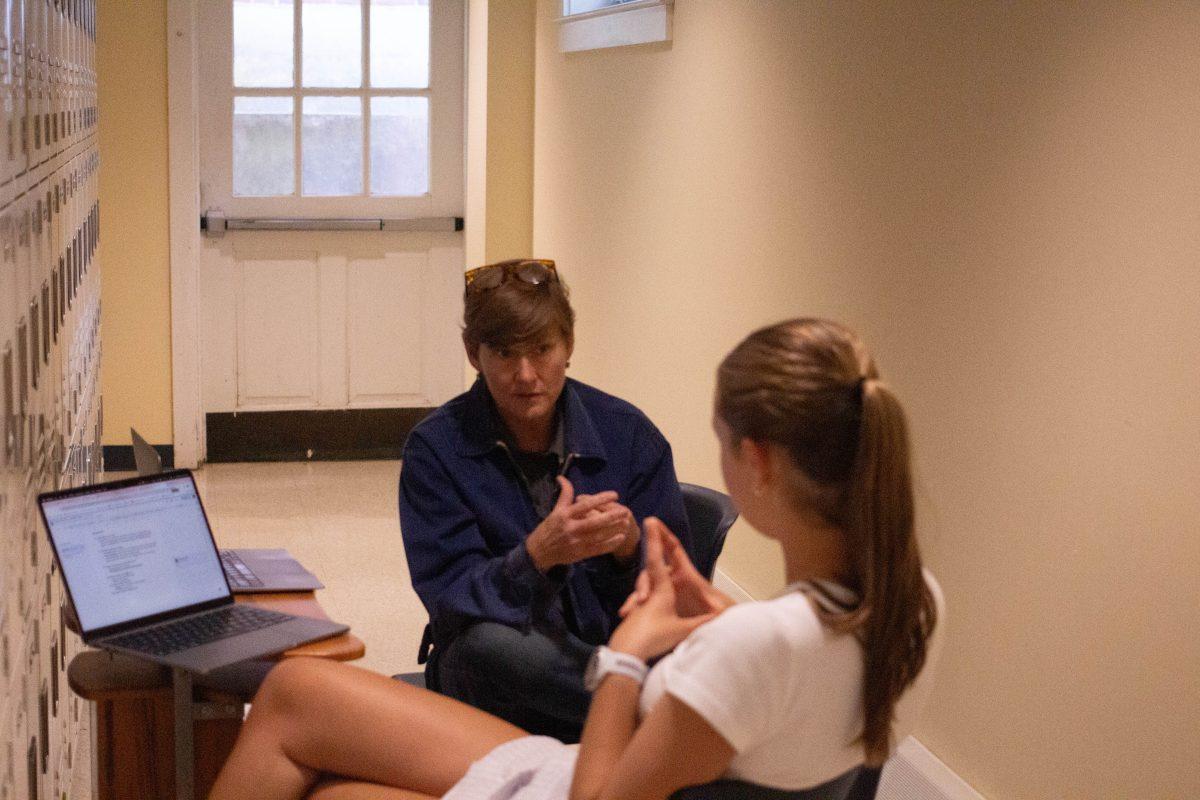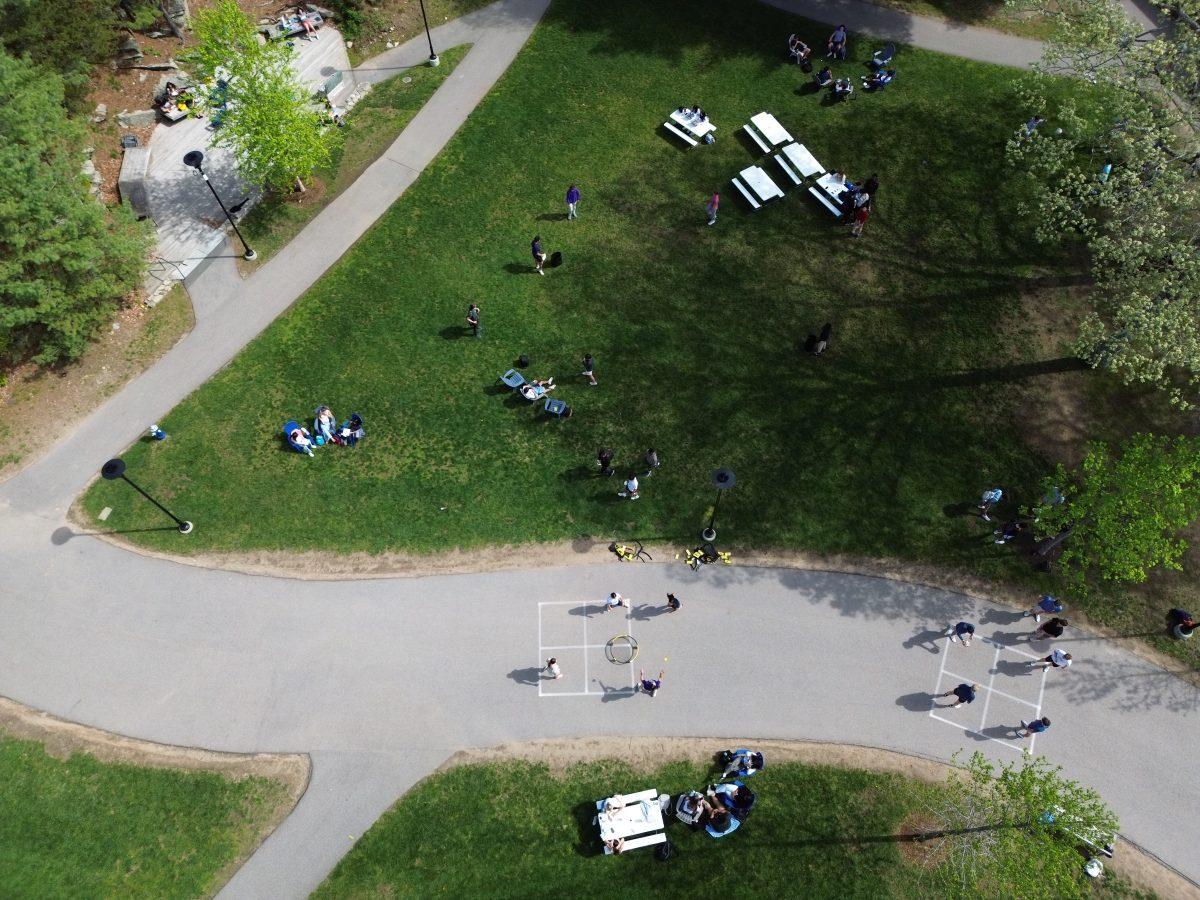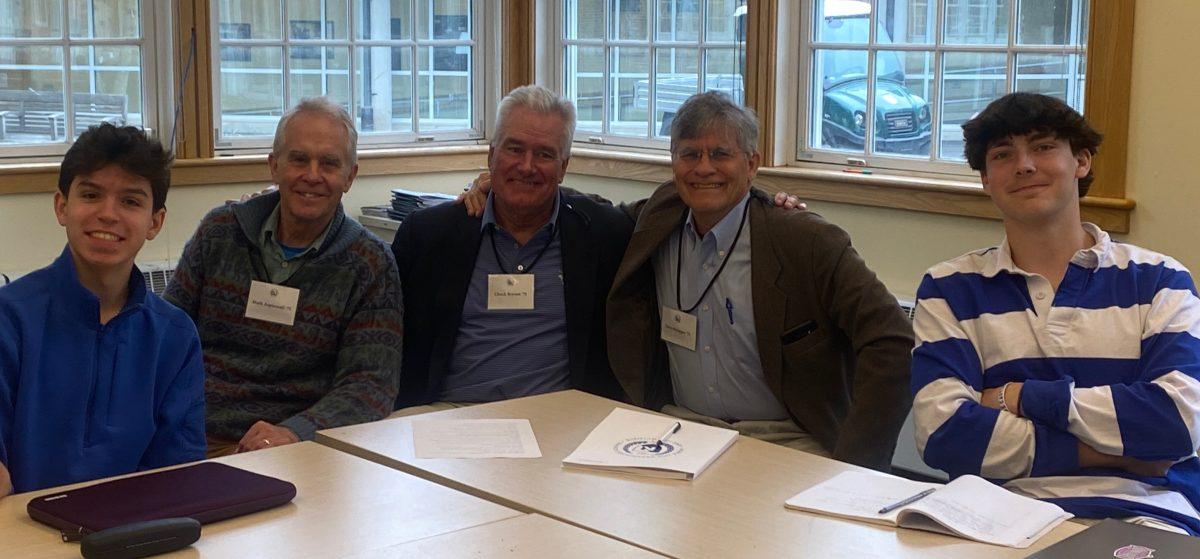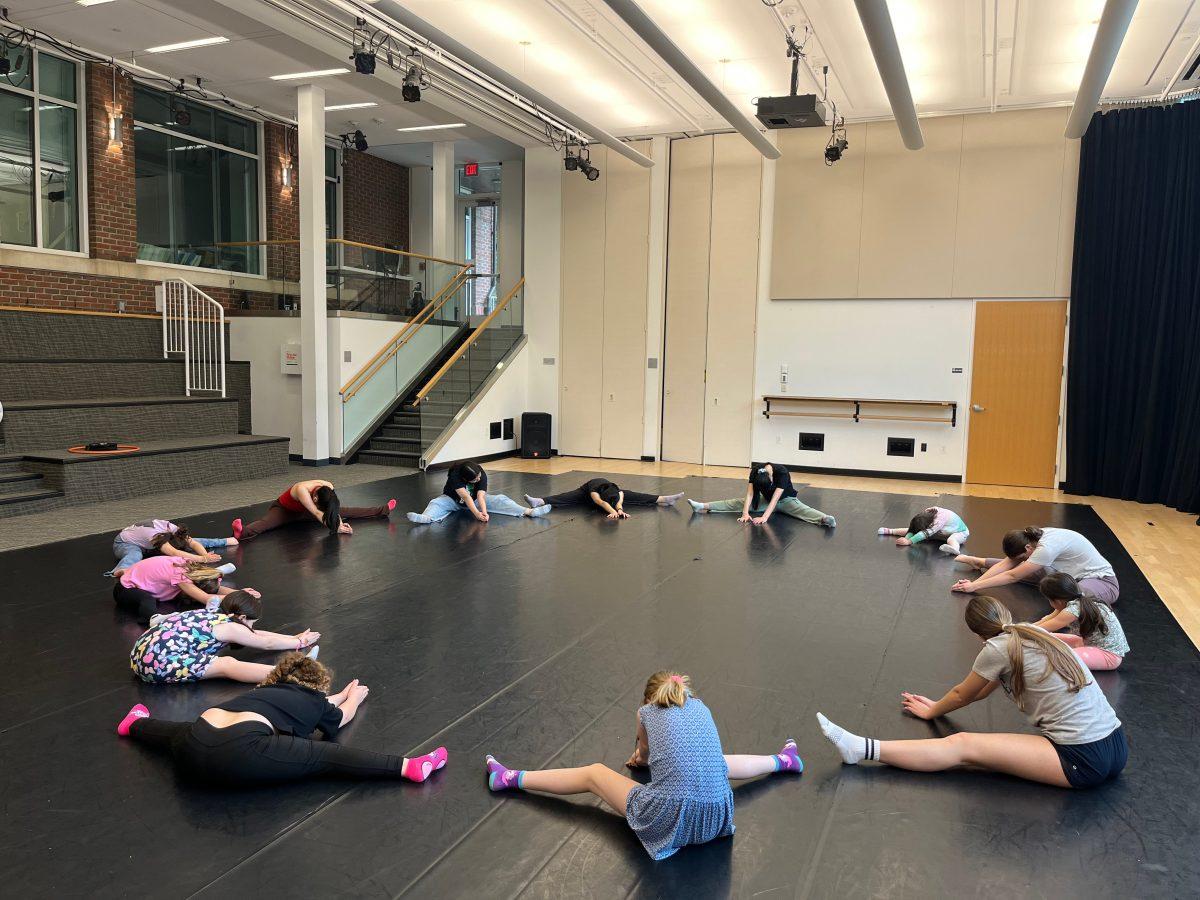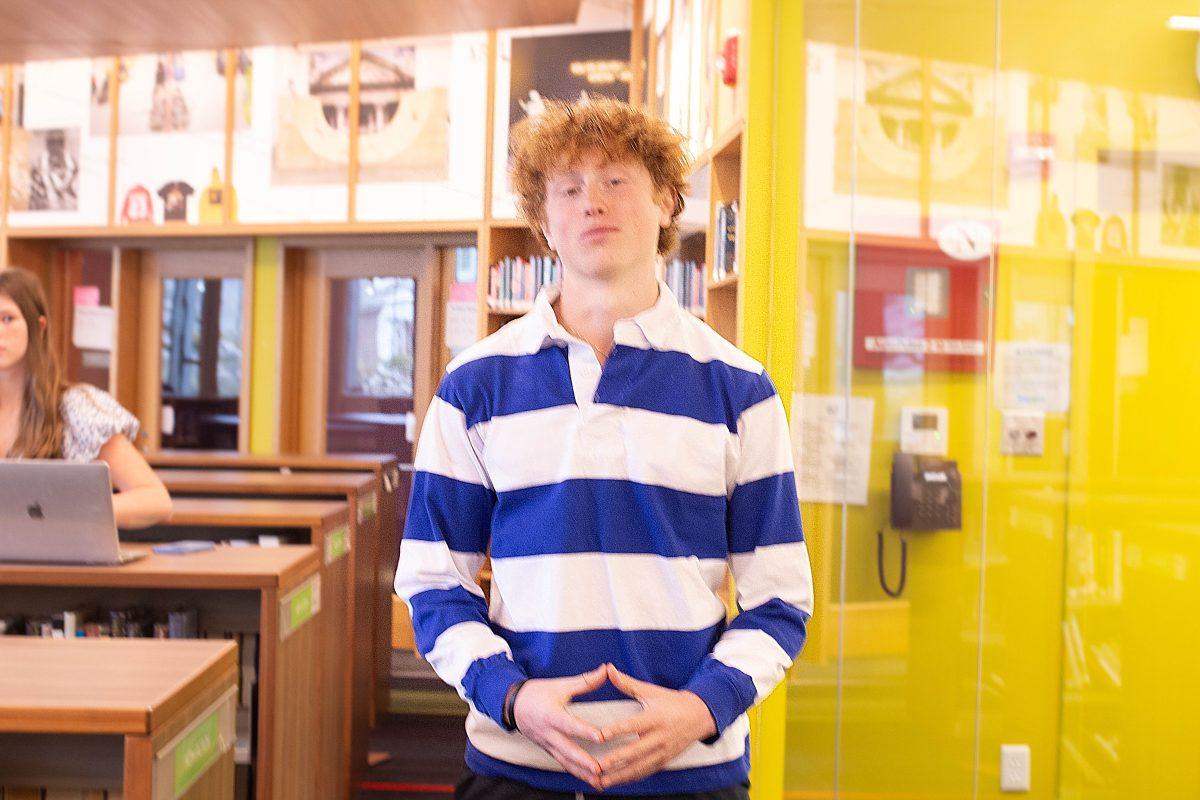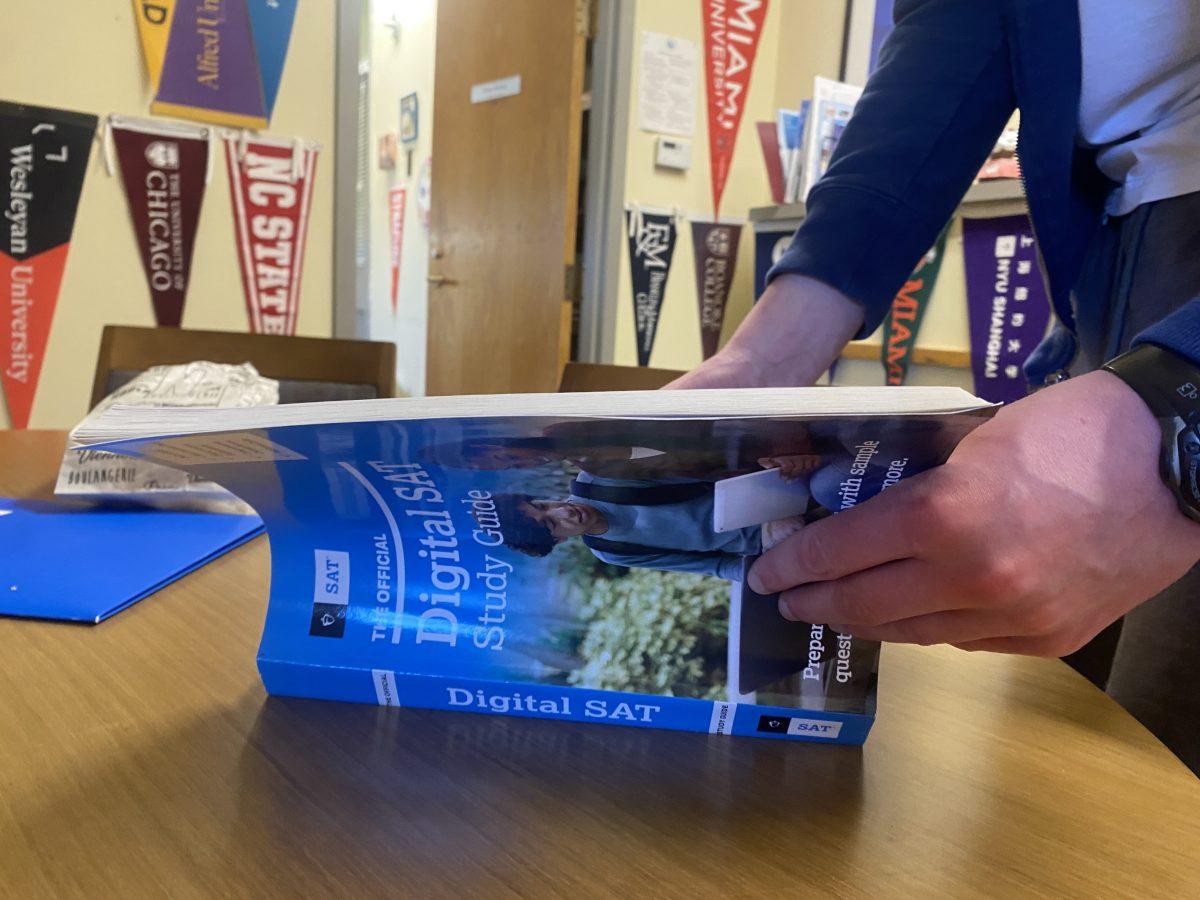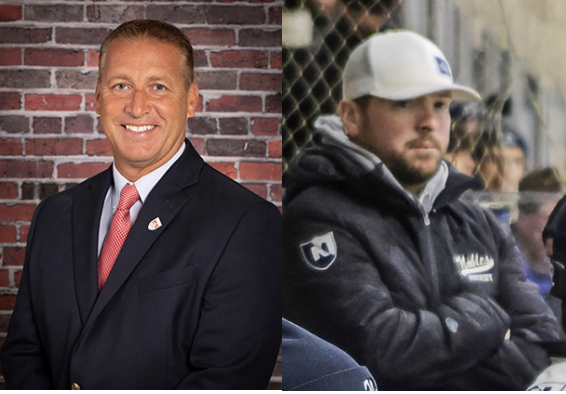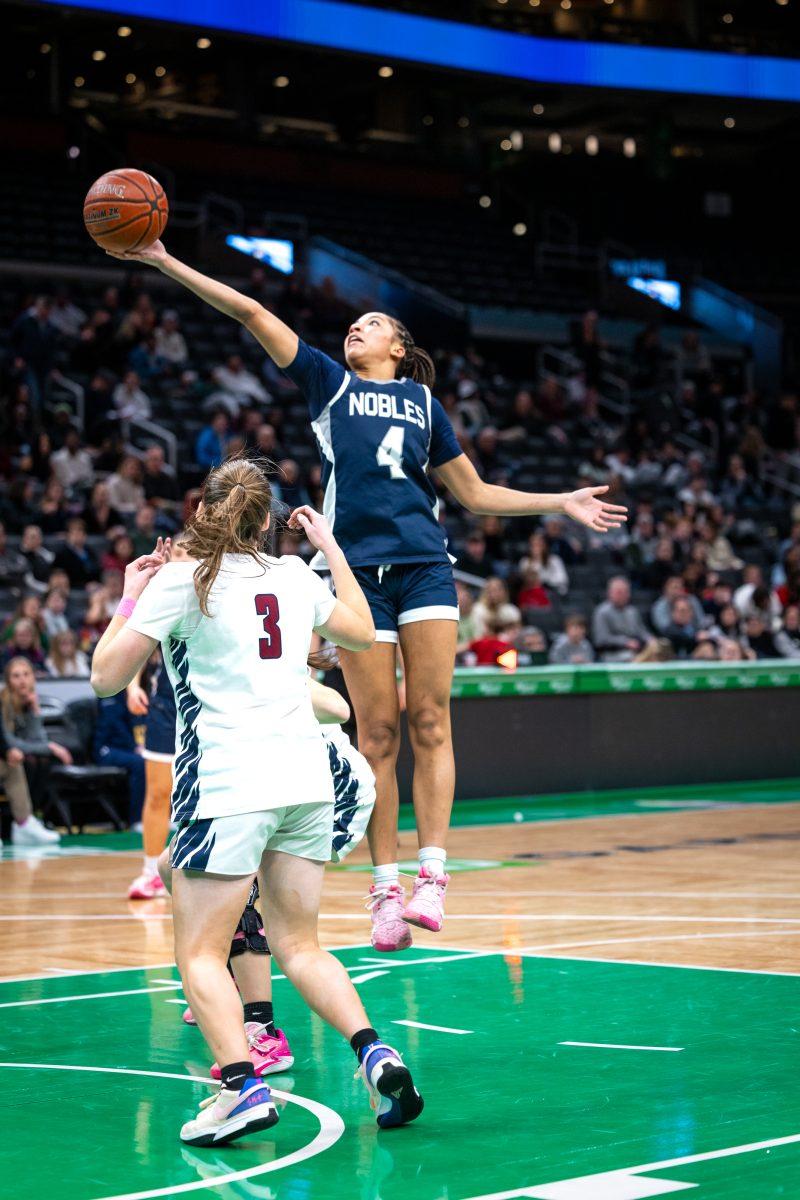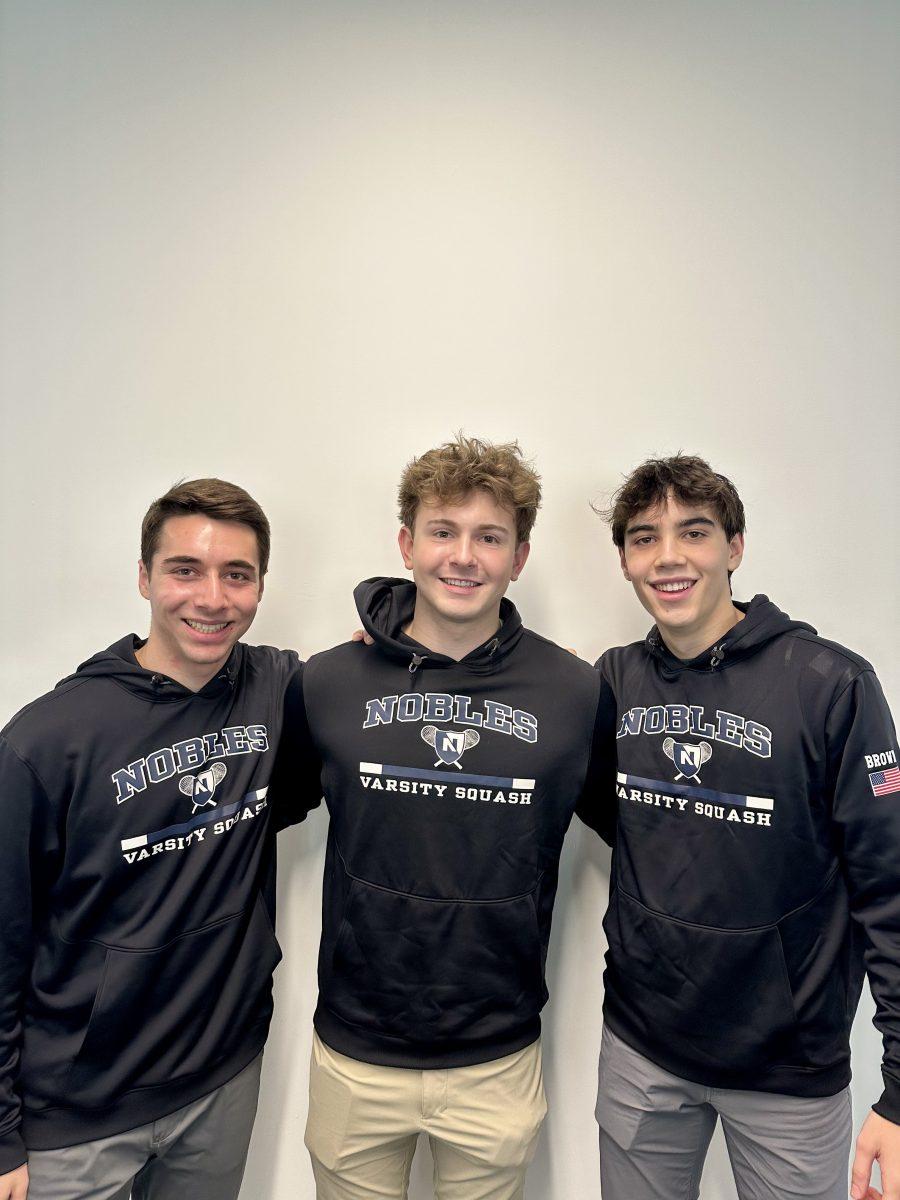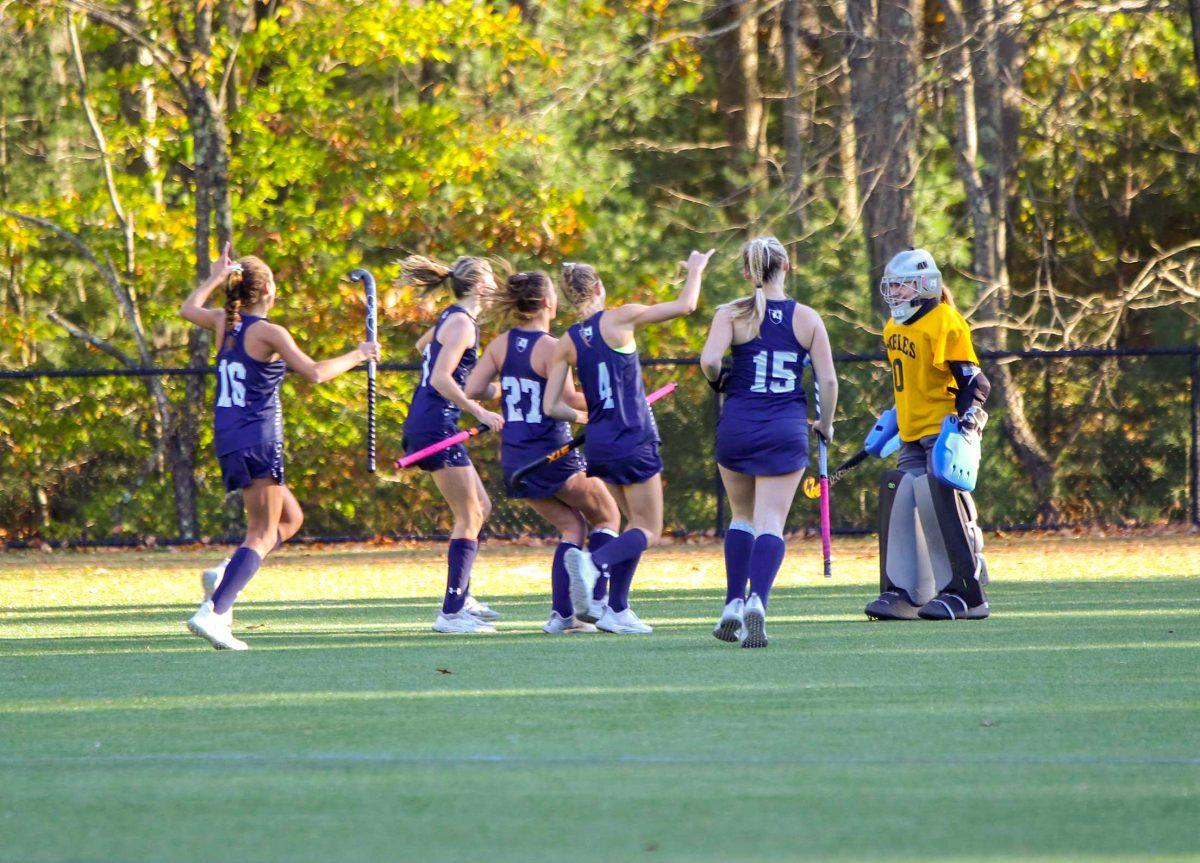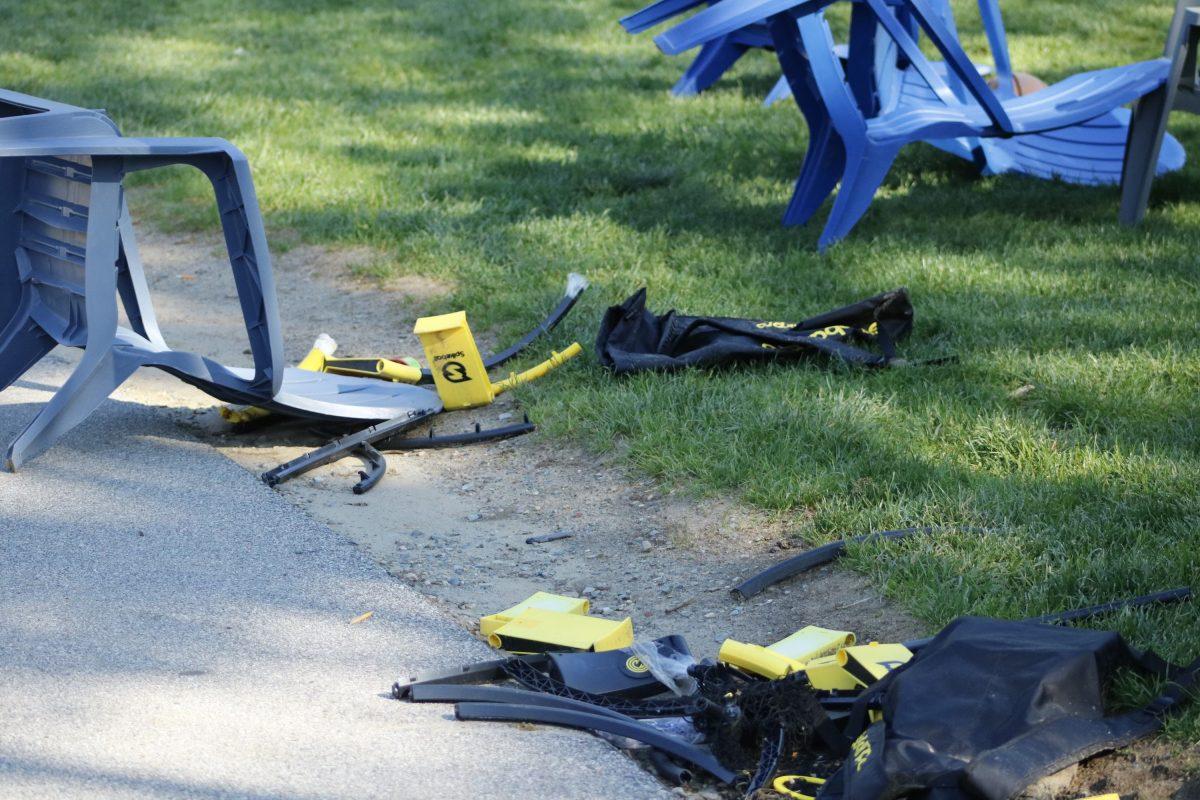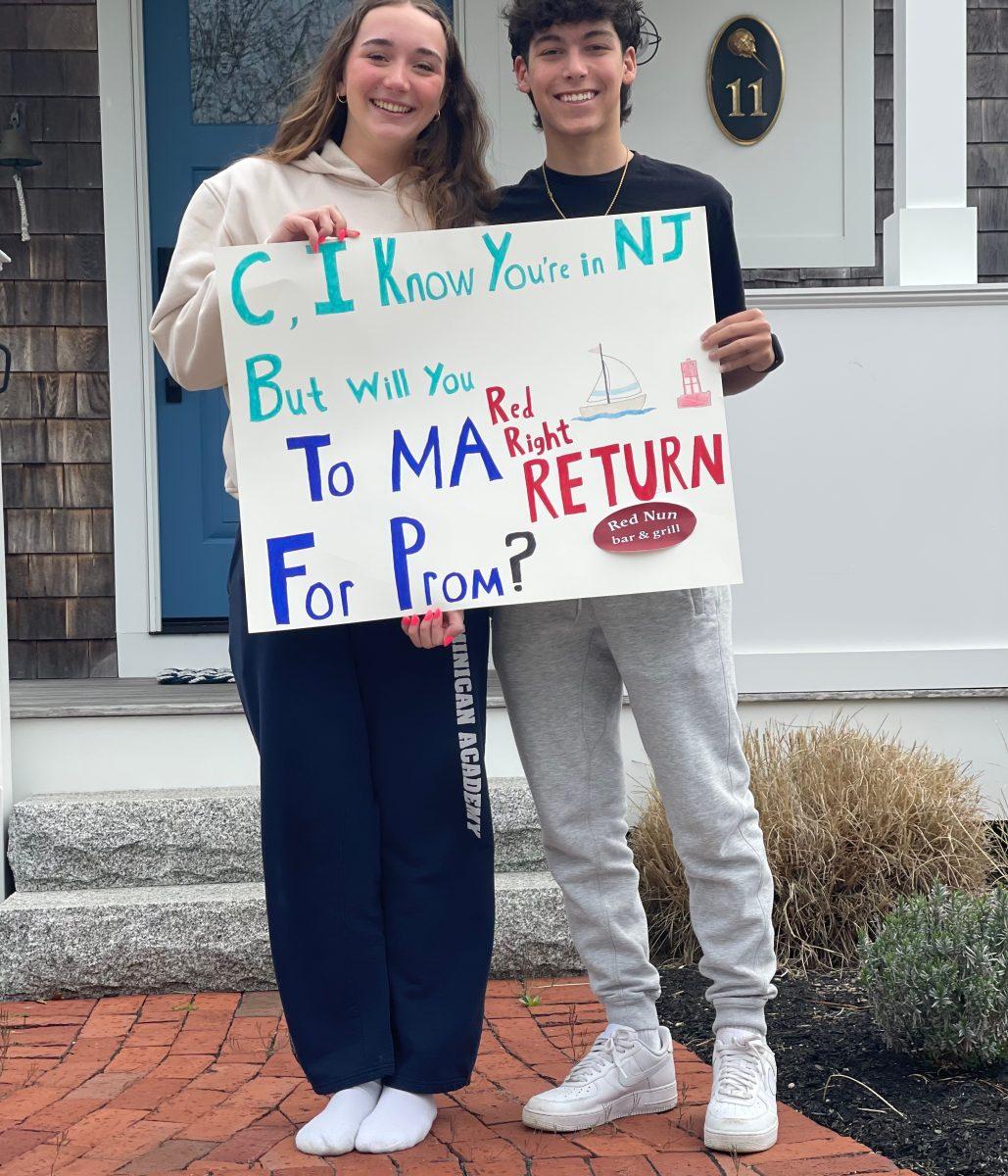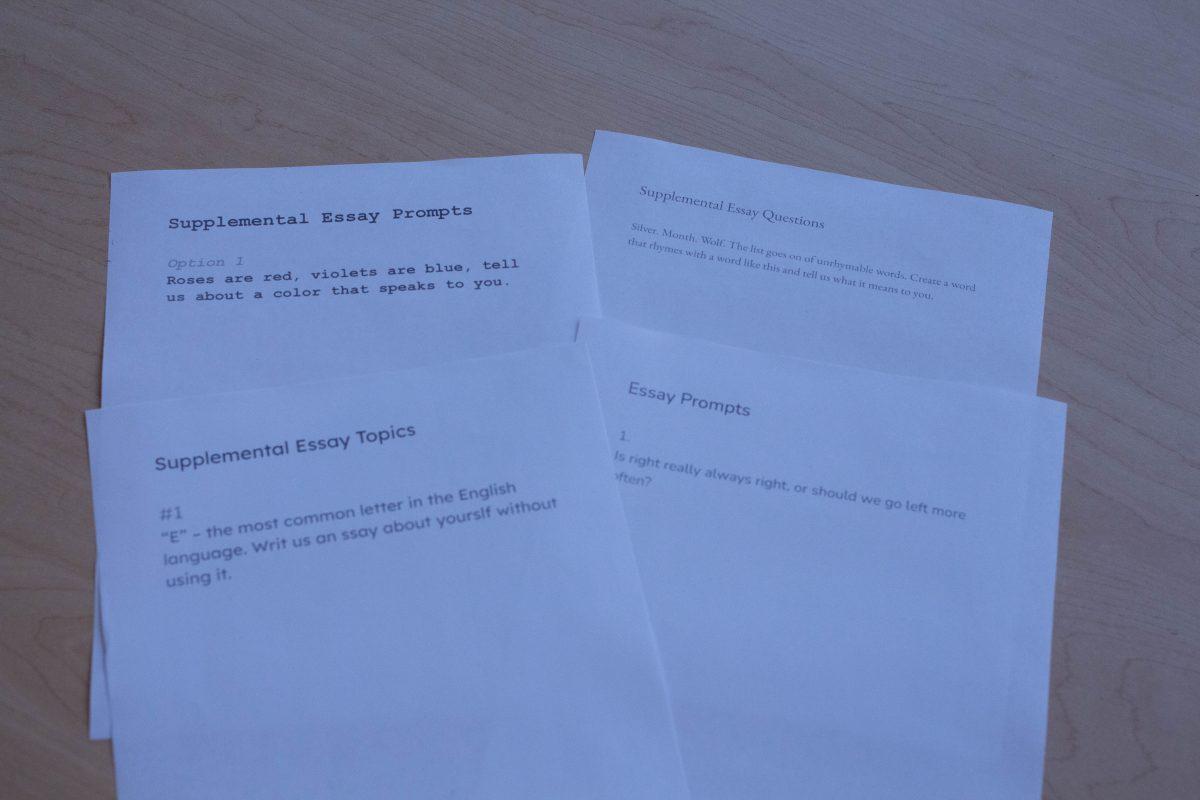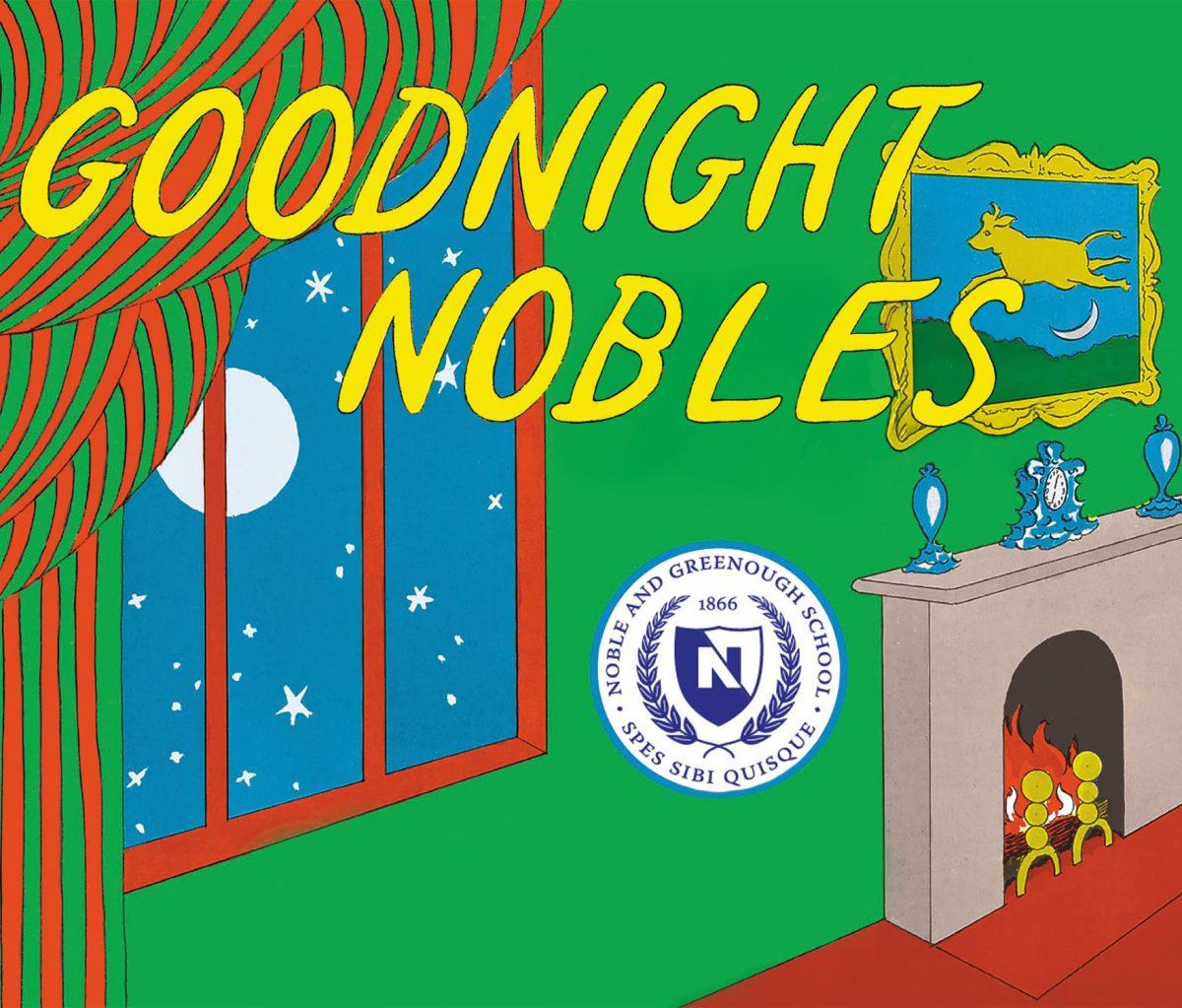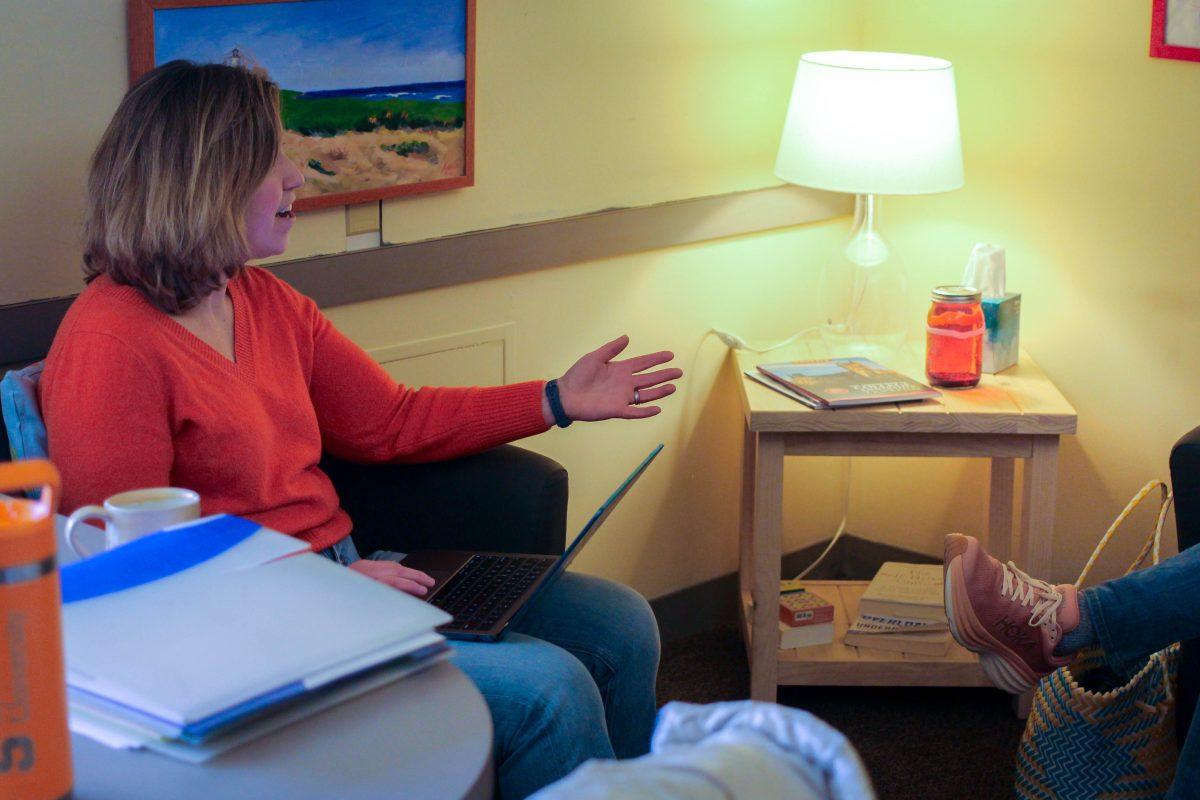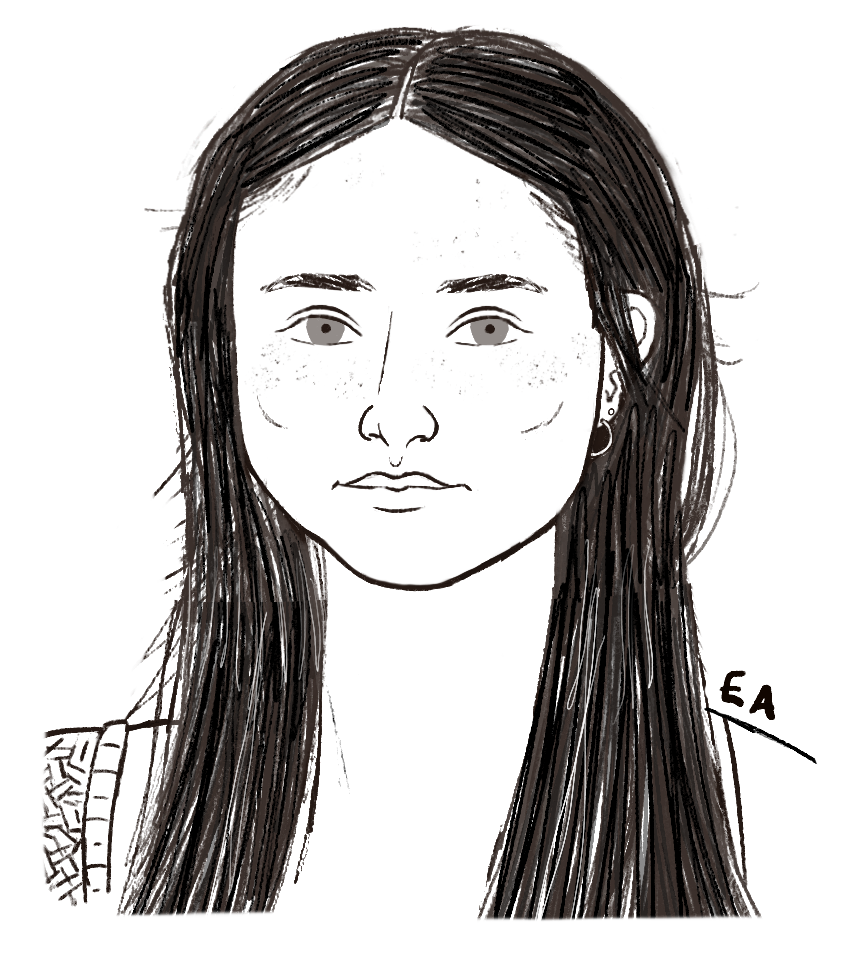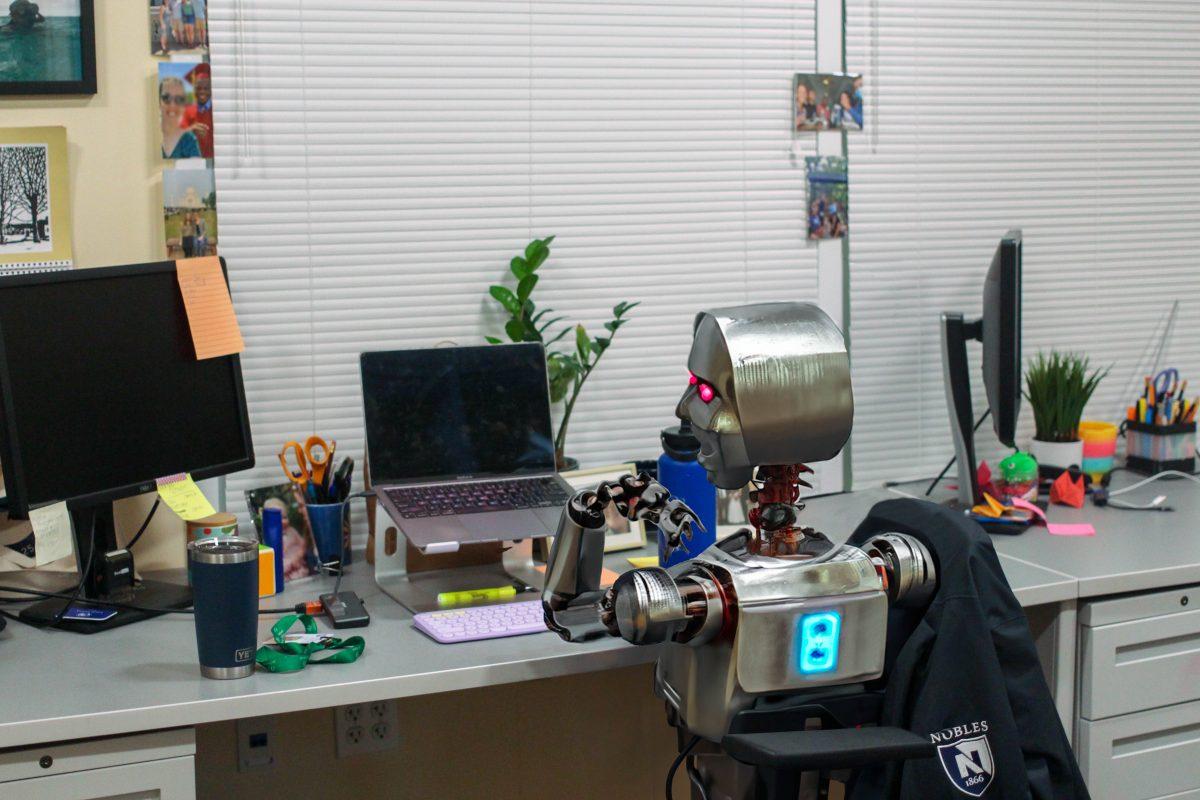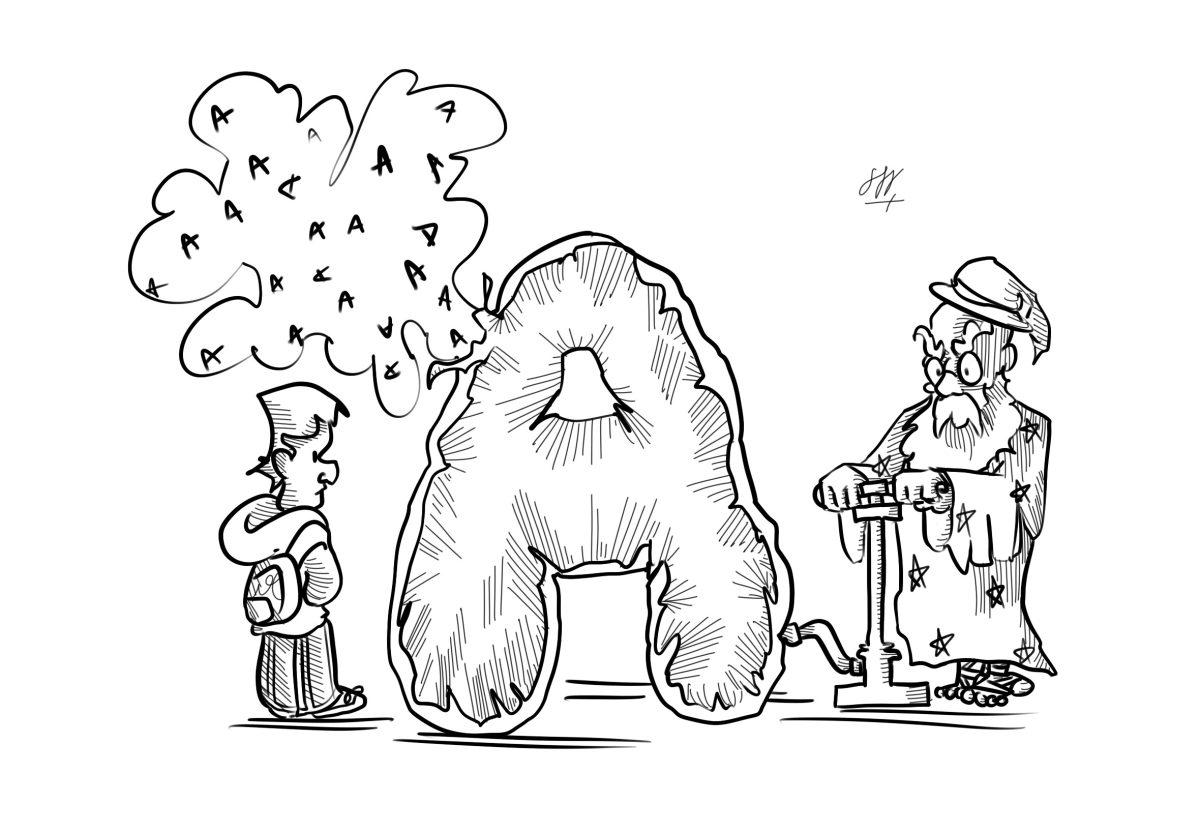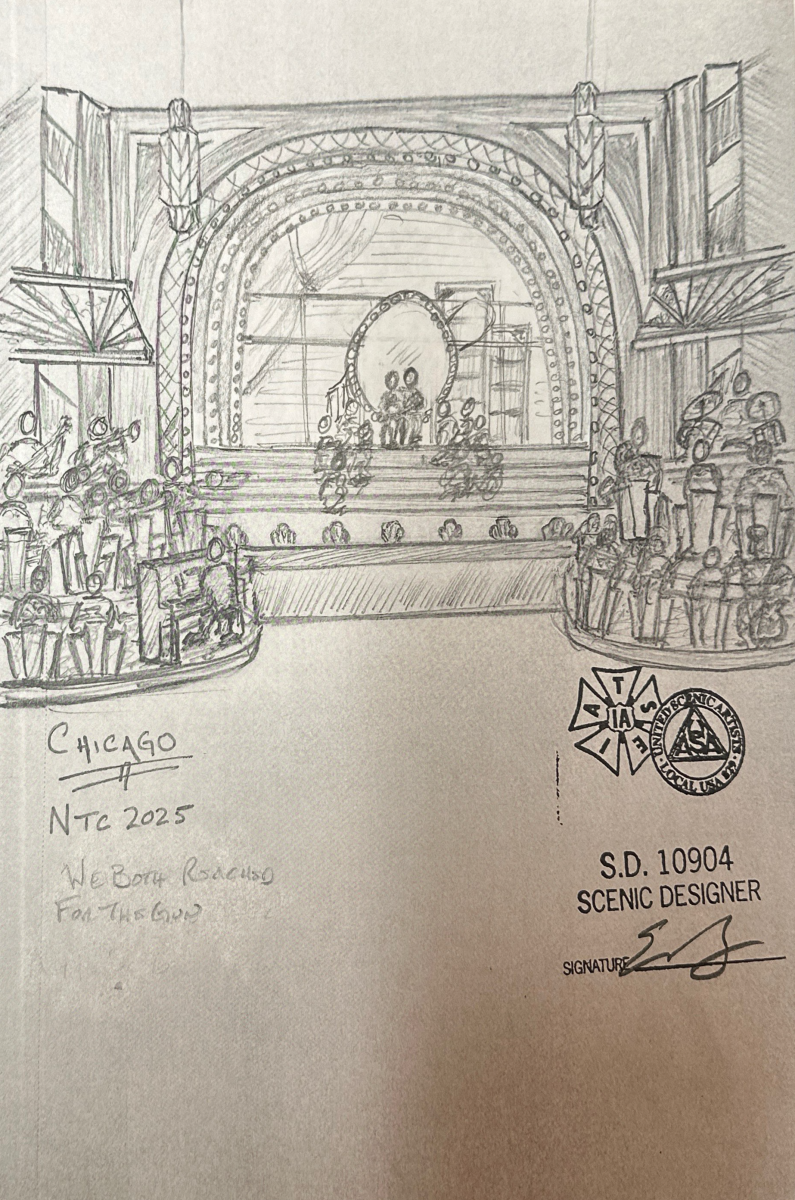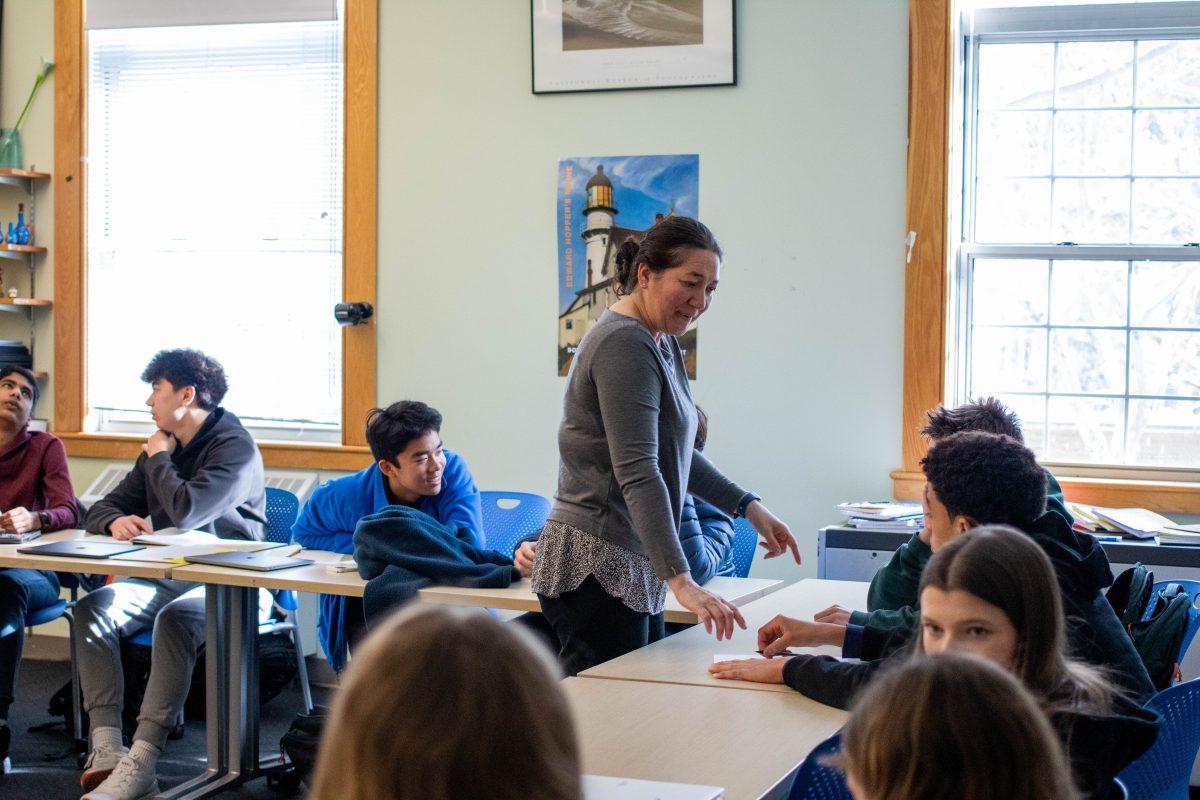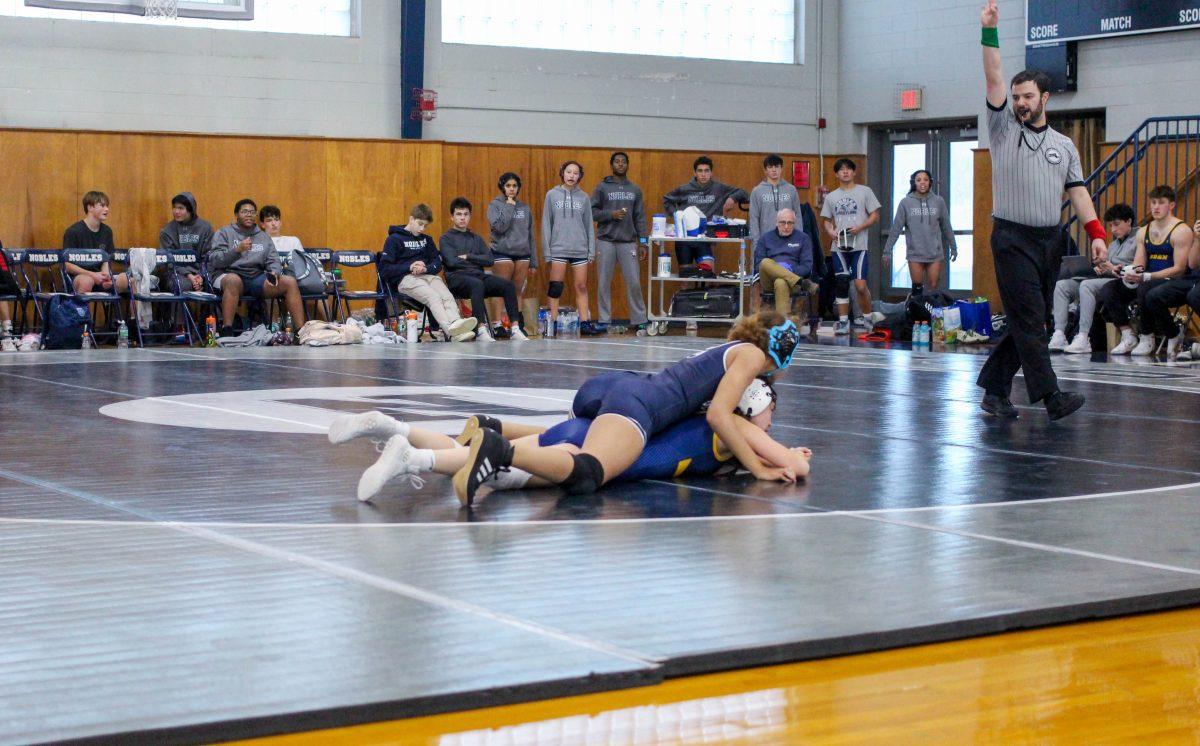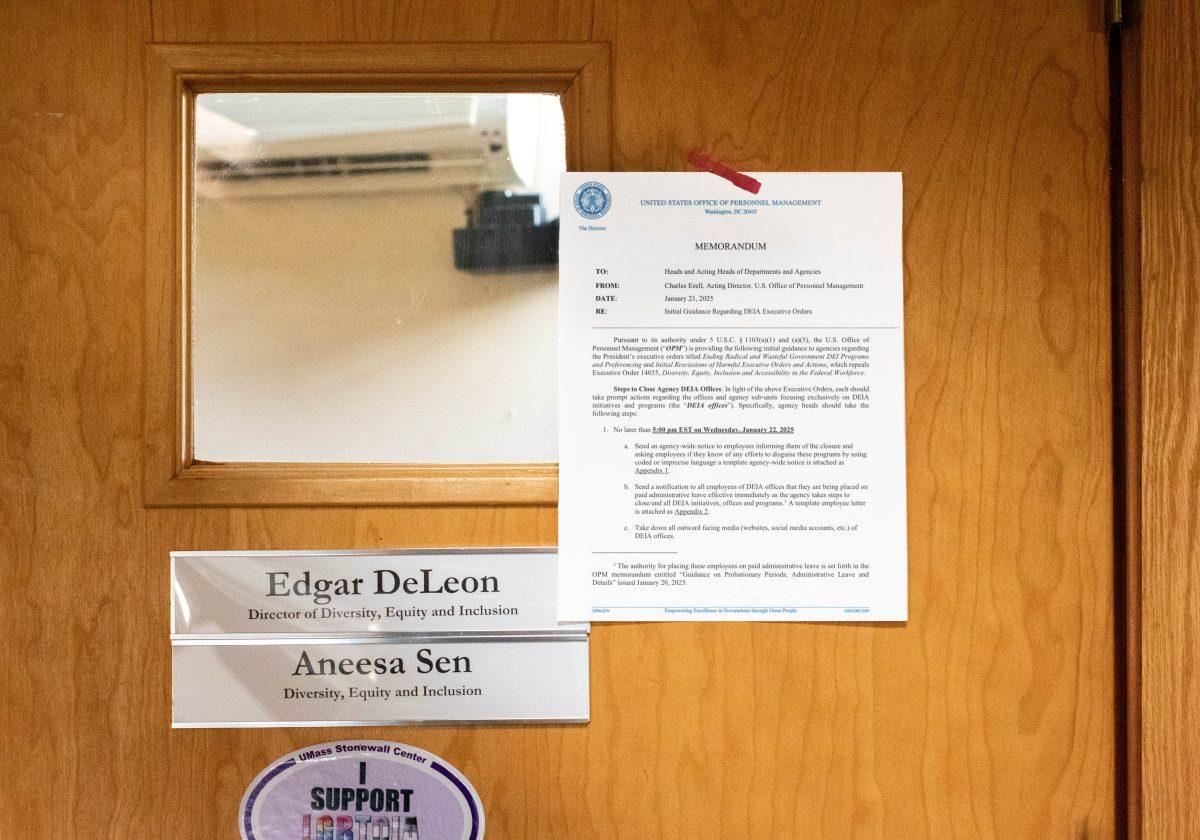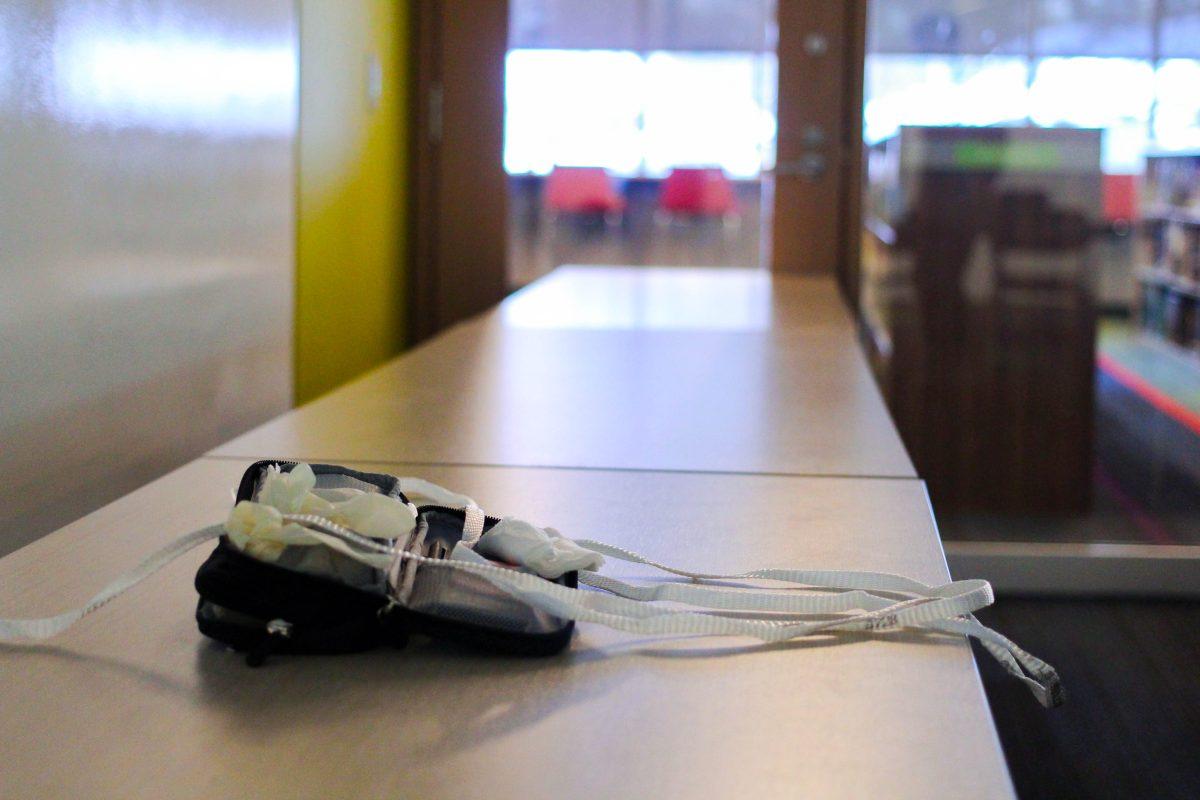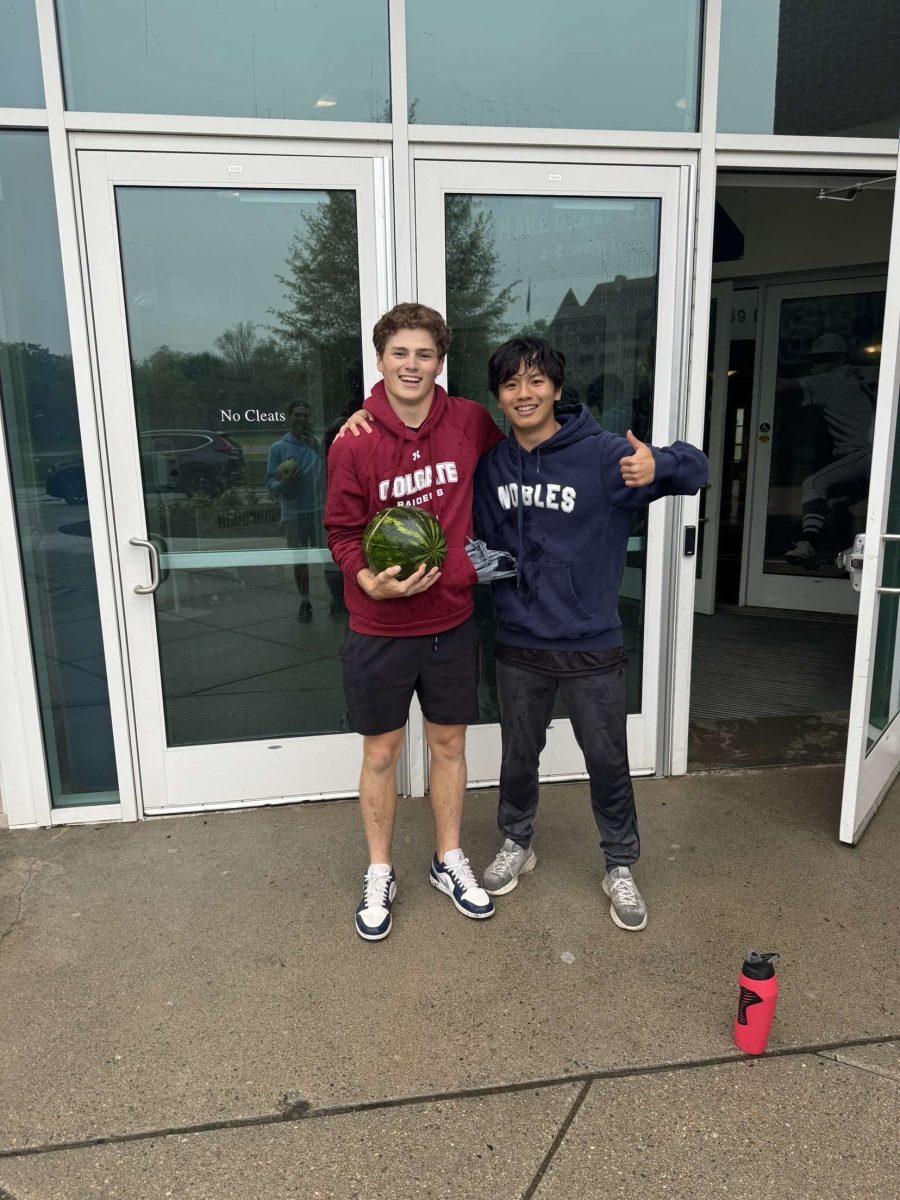When beginning the college list-building process at Nobles, students are introduced to the idea of developing “key criteria” which include three broad size categories: small (1500–3000 students), mid-sized (3000–10,000 students), and large (10,000+ students) universities. Students often refer to some institutions as “Nobles 2.0s,” representing many small colleges that share a similar academic culture to Nobles.
Historically, it has been more typical for Nobles students to matriculate to small colleges than today. In part, this trend has to do with the increase in student body population and diversity. Director of College Counseling Kate Boyle Ramsdell said, “I think over time, as Nobles has gotten more diverse, kids are saying things like, I need a bigger community where perhaps I could find more kids like me.”
“I think over time, as Nobles has gotten more diverse, kids are saying things like, I need a bigger community where perhaps I could find more kids like me.”
In addition to looking for connections, college rankings have enormously impacted which institutions students and families are inclined to apply to. “Rankings have favored larger research institutions, so I think that also has a disproportionate impact on kids,” Ramsdell said.
Despite a common understanding that smaller colleges lack diversity due to size, Ramsdell emphasized the importance of diversity within these institutions and recognized that small colleges remain much larger than Nobles: “Smaller liberal arts colleges are really vibrant, diverse communities that are four to five to six times larger than this place,” she said.
Furthermore, small colleges offer students the unique opportunity to make personal connections with both faculty and peers. Oona Lundgren (N ’23), who recently transferred from Colgate University to the University of Chicago, said, “People get to know each other really well. There’s also the opportunity to get really close with your professors, which I think people really appreciate especially coming from Nobles.” Likewise, without the emphasis on research often found at larger research institutions, professors working at smaller institutions focus solely on educating their students. “You are also going to have world-class professors whose primary goal is to teach; they want to be mentors,” Ramsdell said.
While many find success at small colleges, others decide to try something new. The college transfer process begins during the second semester of the school year, with applications due in March. Thus, students interested in transferring have time to get involved on campus before considering a transition elsewhere. David Hermanson (N ’23), who recently transferred from Bates College to the University of Chicago, said, “I did know that I was considering transferring, but I went in, and said, ‘I’m just gonna go and commit to the experience and participate in the community,’ and that made my time at Bates much more fun.”
“I did know that I was considering transferring, but I went in, and said, ‘I’m just gonna go and commit to the experience and participate in the community,’ and that made my time at Bates much more fun.”
Likewise, Jerry Qin (N ’24), who is currently undergoing the transfer application process from Hamilton College, said, “Whether you’re super excited about the place you’re going into or not, I think [you should] go in with the mindset of, ‘I’m going to stay here for four years,’ because that’s how you’re going to have the best time and have the most authentic experiences.” Not only will getting involved allow students to acclimate to campus life, but it will also potentially strengthen their transfer application. “Places seeking transfers don’t just want to take people around that are unhappy where they are, they want to take students that will add things to their community,” Ramsdell said.
In addition to finding success through the transfer process, many highlight positive experiences at their original institutions. “It ended up working out, which I’m very grateful for, but to be honest, if it hadn’t, I would also have been fine,” Lundgren said. Echoed through his experience, Hermanson said, “Even though I transferred, I actually did have a good time. I definitely felt ready to leave, but it would not have been the end of the world had I ended up staying.”
One drawback to small colleges can be the size of the student population. Because small colleges cultivate a tight-knit environment, many schools’ can feel similar to Nobles. Qin said, “The main takeaway that I’ve found so far is that it pretty much feels exactly like Nobles, especially because there’s a ton of other ISL kids here.” This can be both an asset and a disadvantage socially, as it is easy to get to know many individuals, but it can sometimes be difficult to transition between friend groups. Alex Janower (N ’22), who recently transferred from Wesleyan University to Washington University in St. Lewis, stressed the importance of understanding the social culture of an institution: “I think making friends has more to do with the social culture of the school than it does the size of the school.” She also discussed how, while the size of the school does not directly affect the social culture, it can be difficult to meet new people or join a new group, as the small student body can be homogenous in thought.
Ultimately, the college admission process is unique to each individual. No one school is right or wrong for everyone, and it is important for Nobles students to put the competitive atmosphere of the process at school in perspective. “One of the biggest realizations I had coming out of Nobles was just how competitive of an environment it is. When you leave you realize that not everybody thinks about admissions the same way that we do,” Hermanson said. Despite their opportunities, small institutions might not be the right fit for everyone, and it’s important to recognize that the college admissions process is not always linear: “For any senior going through this process, it genuinely does always work out[…]It’s really about knowing yourself,” Lundgren said.

